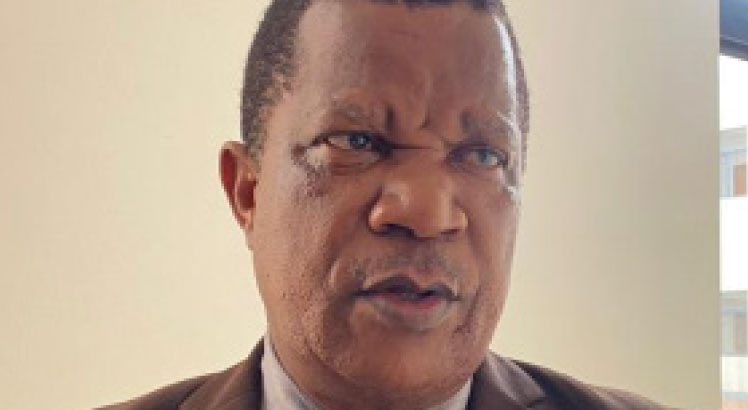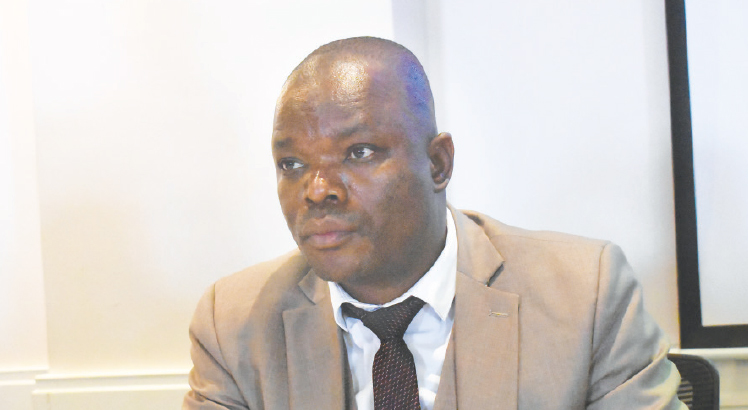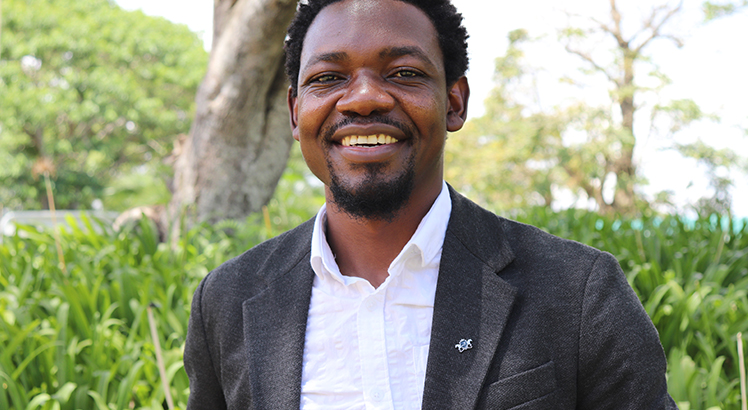‘2020 tobacco market went smoothly’
This year’s tobacco selling season closed on Friday with the country realising $173.5 million (about K130 billion) from the green gold. About 113 million kilogrammes of the leaf has been sold which is 22 percent lower to last year’s. Our reporter DUMBANI MZALE caught up with Tobacco Commission (TC) chief executive officer KAYISI SADALA to reflect on the season.

How do you sum up the tobacco marketing season?
We closed the 2020 marketing on August 28 having traded for 19 weeks since the market opened in April 2020. A total of 112.9 million kilogrammes [kg] of tobacco have been sold on all our tobacco floors and this is 32 percent lower than the same period last year when we had sold 165.6 million kg.
When it comes to revenue, we have realised about $173.5 million which is also 27 percent than last year’s $237.million. However, on a positive note, the 2020 market registered better prices at US$1.54 per kg, which is 7 percent higher compared to the same period last year when we averaged $1.43.
The low revenue and output should be a concern for the industry, isn’t it?
Yes it’s a concern for the industry and it should be a concern for the country as a whole because as you are aware, tobacco is the country’s major export crop and when volumes are like this, it should be a concern to all of us.
Why did we record low revenue and output?
There are a number of reasons. The first one is that amidst Covid-19 pandemic, it was difficult to move in more volumes of tobacco as we would have wished, more especially on auction tobacco part of it. We had to adopt a new way of doing the auction marketing [secret bidding] which is different from the usual system. The tobacco floor attracts huge numbers of personnel and so with the Covid-19 social distancing preventive measure, we had to put restrictions to make sure that we prevent the spread of the pandemic.
Another reason is that, around November 2019, there was an announcement by the United States Government on Withhold and Release Order (WRO) whereby tobacco from Malawi going into that country had to be withheld before being allowed entry into that country based on allegation of perceived child and forced labour. When such news broke, it discouraged some growers from growing tobacco and this led to the lower volumes flowing on the market.
On output, the final figures that we are seeing it’s a departure from what we had estimated in two crop estimates which had shown that maybe overall we should be having a crop of around 155 million kg. However, our third round crop estimates results [of 113 million kg] showed that the volumes are a bit lower than we thought earlier on. But this is a regional issue as it has also affected our colleagues in Zimbabwe, Zambia, Tanzania.
Some tobacco growers are not amused with prices. What’s the future of the crop?
I still contend that there is a future for tobacco and as you are aware, tobacco is the major export commodity for the country. We may have alternatives and options but those haven’t been fully exploited. As we stand, tobacco is still the major forex earner [which accounts for about 60 percent]. The country is yet to identify a competitive crop or another best alternative to tobacco. Until we reach that stage where we shall have an alternative crop that will be raking in as much foreign currency as tobacco, we will still be relying on tobacco.
Apart from prices, another recurring challenges facing growers is high rejection rates. Why is this the case?
This year we had a higher rejection rate than the previous year. However, the situation improved and hovered around 30 percent which is better than last season same time when it was at 42 percent. There is now more competition and there is an improvement in rejection rate.
There are a number of reasons that contribute to high rejection rate. One of them is presentation of the crop. At the onset of the 2020 market, the commission noted that crop quality was compromised with the mixing of the grades, nesting and also the conditioning of the tobacco itself, such as being wet. This prompted the buyers to reject such a crop.
When we talk of pricing, year-in and year-out, growers are always complaining about pricing. Tobacco production is both labour and capital intensive and so growers always expect better prices. However, comparatively, this year’s average prices are higher than last year same period. In addition, growers complained about charges and so on. So, the problem could not be the pricing as such but probably we need to review some of the charges and their impact on the grower.
With these challenges, would you still describe the 2020 tobacco-marketing season as successful?
I would say it has been successful with challenges of course. Overall, it was successful season in a number of ways. It was a smooth marketing season with no disruptions in terms of closures and stoppages. The market operated under tough operating environment in view of Covid-19 as it was not easy to open the market, but we managed to do that.
The prices are much better though not to the liking of growers as they could have wished. We have very orderly market this year, but the issue of high rejection rate was the one which tainted the season. Overall, it was successful market and industry stakeholders cooperated very well.
Lastly, what are the plans for the 2020/2021?
The industry is already underway with preparation for 2020/2021 growing and marketing season. As we speak, the commission opened grower registration and licensing on 1st July 2020. From 17th August, the commission opened the grower field registration exercise. Both events are expected to wind up on 30th September 2020 in line with the Tobacco Industry Act of 2019. Our message to growers is to get licensed so that they can grower and sell in 2020 marketing season.





